
If there is any place in Karnataka which is simply an untiring and timeless beauty then it has to be Jog falls. No matter how many times you visit this grandiose of nature, the heart wants more and more of it. Jog is not just a tourist attraction. It is an emotion and an exalted feeling which is never going to cut back on our minds. The very view of Jog is so charismatic that these two eyes fall short to bag that charm and grace to its fullest. By now, you might have read a lot about Jog Falls, isn’t it? For those of you who have a little idea about Jog falls then these interesting facts Falls will add to your expectations to your next trip to Jog. Check out these Amazing Facts about Jog Falls, on today’s read.
#1 The Second Highest Plunge Waterfall
Jog Falls is the Second highest plunge waterfall in India after the Nohkalikai waterfall of Meghalaya. Plunge falls have a vertical drop and plunge directly without a support from the cliff.
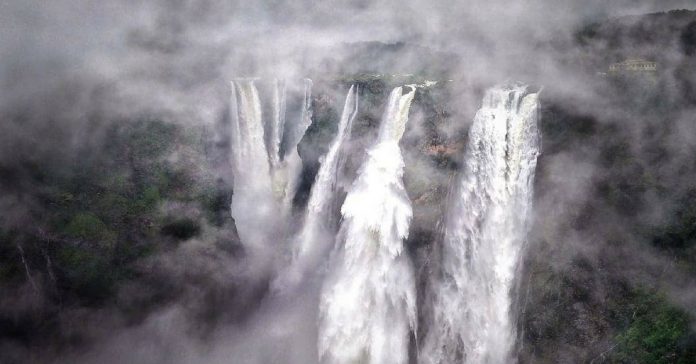
#2 Everyone’s Favorite
Jog is located in Sagara taluk of Karnataka and is the most-saught after tourist attraction in Karnataka.
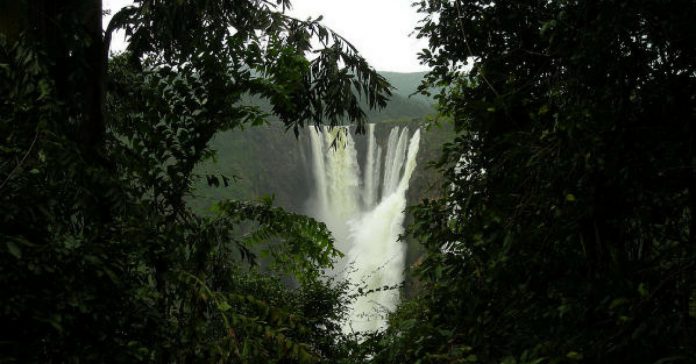
#3 Behind the name ‘Jog’
Have you wondered about the name of Jog falls and its origin? It is called as Joga Gundi and the word Joga in Kannada means ‘Falls.’ This has a reference in the language of Kannada speakers living in Sahyadri region. It is said to be a derivative of Kannada word ‘Javagu’, meaning marsh (wet).
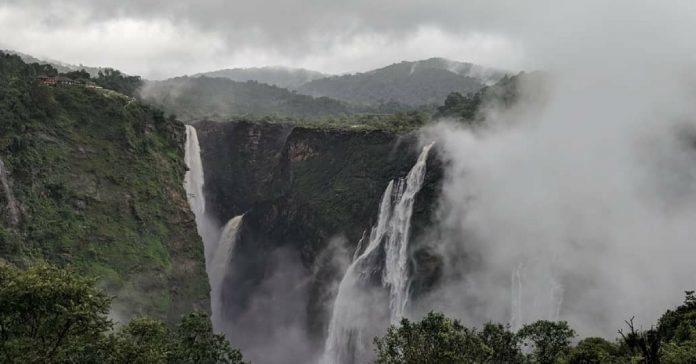
#4 Raja Rani Roarer Rocket
Jog falls is a combination of four falls named Raja, Rani, Roarer, and Rocket. When these four falls in full flow then we call it is as ‘The Jog Falls.’ Raja is the highest waterfall (830 ft) which joins the roarer at a certain point. Roarer takes the name because of the sound it makes and it drives like a Jet. On the other hand, Rani go smoothly and gracefully touches the ground.
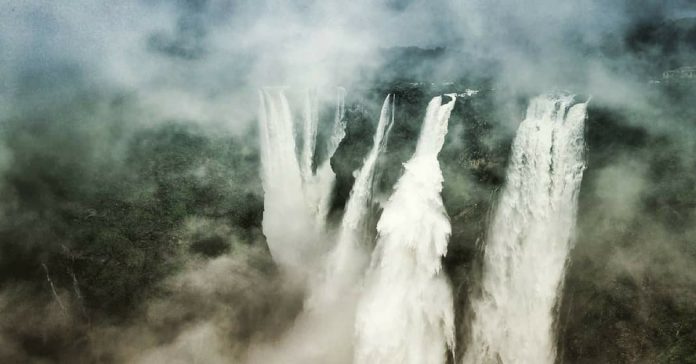
#5 It is a full-length Vertical Fall
Unlike other waterfalls, Jog doesn’t flow in steps. It is a full-length fall which takes a vertical plunge creating a misty atmosphere around.
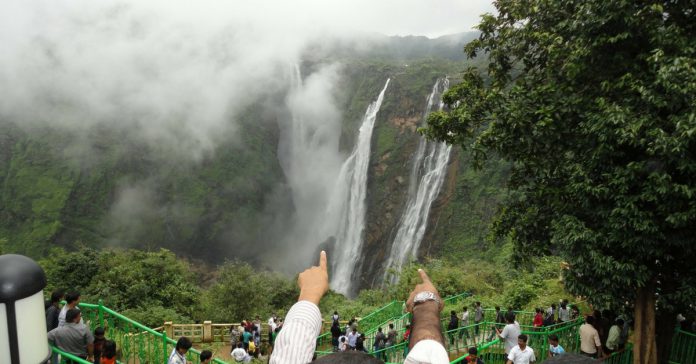
#6 Jog Falls in Off-Season
Before monsoon, Jog looks and takes entirely a different image. When there is no much water in the Linganamakki Dam then Jog Fall is just a pair of thin streams of water trickling down the cliff. However, during Monsoons, the local rainwater gushes in a way that it forms a magnificent plunge waterfall.
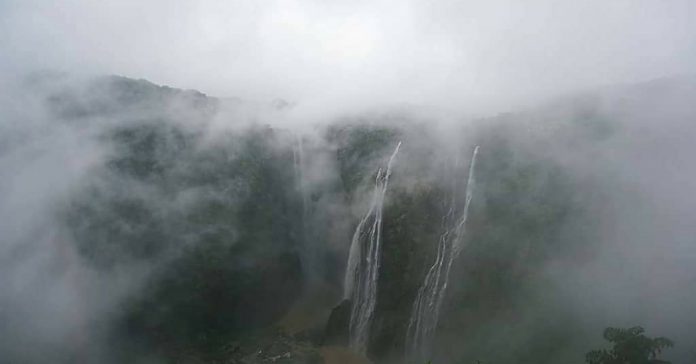
#7 Source of Jog
Jog Falls are created by Sharavati river and is associated with Linganamakki Dam built across Sharavathi. It is a beautiful dam and during the off-season, one can make way to backwaters and unexplored side of Jog.
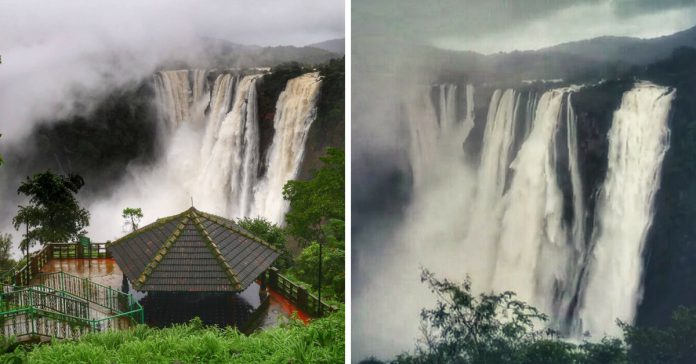
#8 Height and Flow
Being regarded as the highest untiered waterfall in India, Jog drops from the height of 829 feet. With an average water flow rate of 5387 cu ft/s, Jog is ranked 13th in the world by waterfall database.
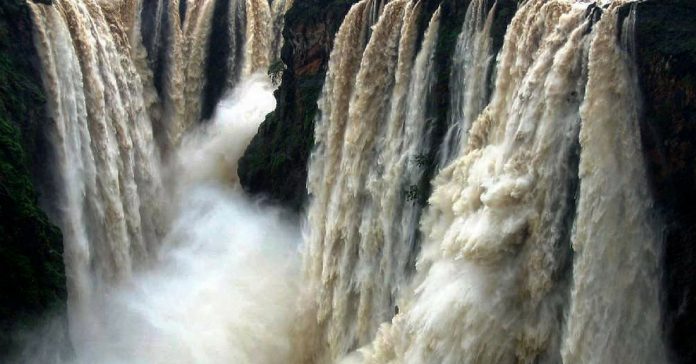
#9 Jog is the source of electricity
The important fact about Jog falls is that it is used in the generation of electricity. The power station was built in 1948 with a capacity of 120 MW and was named after Krishna Rajendra, a Mysore King. Later, it got changed to Mahatma Gandhi hydro-electric project and was served by Hirebhaskara dam, until 1960. After 1960, thanks to Sir M V Visweshwaraiah, the Linganamakki Dam was built and is used for power generation.
Recommended: 14 Key Contributions of Sir M Viweshwaraiah
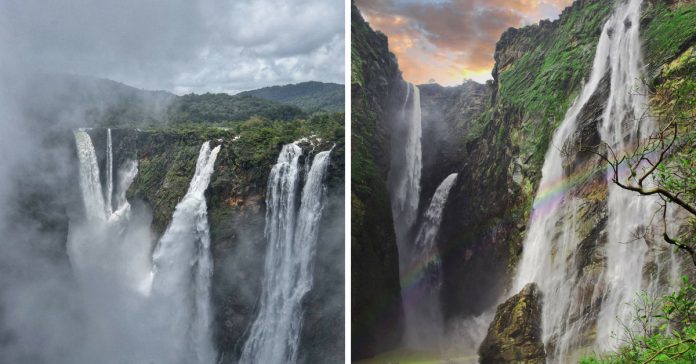
#10 Jog to the Arabian Sea
Have you ever wondered as the where this water flows to? Yes, the water from Linganmakki Dam coupled with rainwater flows to forms an exultant waterfall. The water from Jog flows through the town of Gerusoppa, passes through Idagunji to join the Arabian Sea at Honnavar.
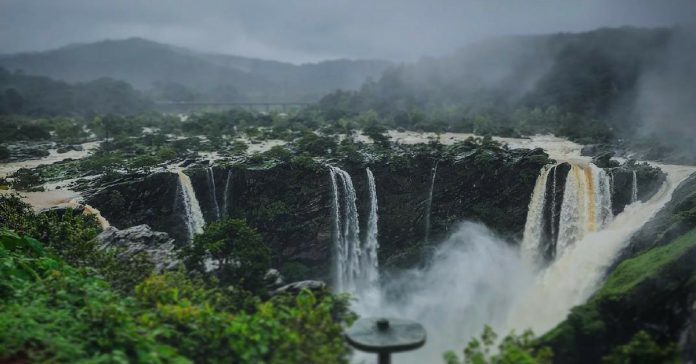
So, these were a few facts about Jog Falls. Hope you found them interesting and informative. So, when are you planning for your next trip to Jog?
If you don’t want to miss our next Post then Like and Follow MetroSaga on Facebook and Instagram or simply download our Android App
You can also Subscribe to MetroSaga for newsletters.






















